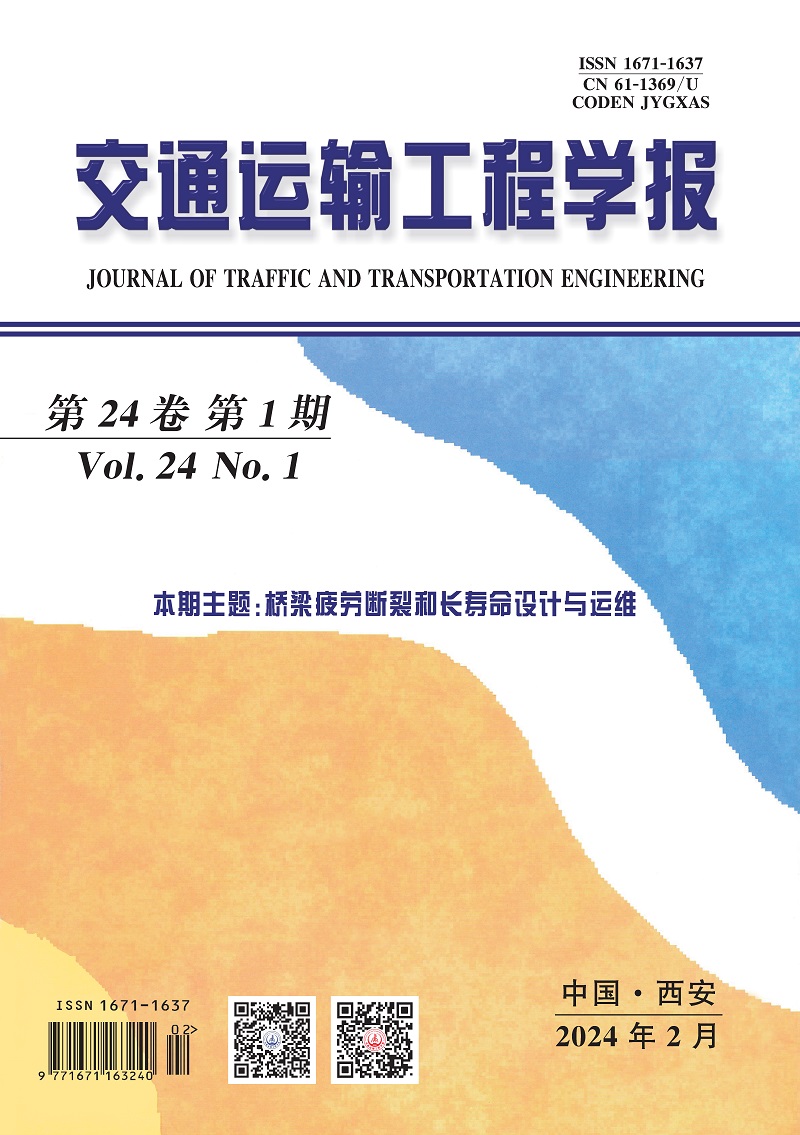2005 Vol. 5, No. 1
Display Method:
Abstract:
2005, 5(1): 1-5.
Abstract:
2005, 5(1): 6-10.
Abstract:
2005, 5(1): 11-13.
Abstract:
2005, 5(1): 14-18.
Abstract:
2005, 5(1): 19-23.
Abstract:
2005, 5(1): 24-27.
Abstract:
2005, 5(1): 28-32.
Abstract:
2005, 5(1): 33-35.
Abstract:
2005, 5(1): 36-38.
Abstract:
2005, 5(1): 39-44.
Abstract:
2005, 5(1): 45-48.
Abstract:
2005, 5(1): 49-52.
Abstract:
2005, 5(1): 53-56.
Abstract:
2005, 5(1): 57-60.
Abstract:
2005, 5(1): 61-65.
Abstract:
2005, 5(1): 66-69.
Abstract:
2005, 5(1): 70-74.
Abstract:
2005, 5(1): 75-77.
Abstract:
2005, 5(1): 78-81.
Abstract:
2005, 5(1): 82-85.
Abstract:
2005, 5(1): 86-91.
Abstract:
2005, 5(1): 92-95.
Abstract:
2005, 5(1): 96-101.
Abstract:
2005, 5(1): 102-105.
Abstract:
2005, 5(1): 106-110.
Abstract:
2005, 5(1): 111-115.
Abstract:
2005, 5(1): 116-119.
Abstract:
2005, 5(1): 120-123.
Abstract:
2005, 5(1): 124-126.




